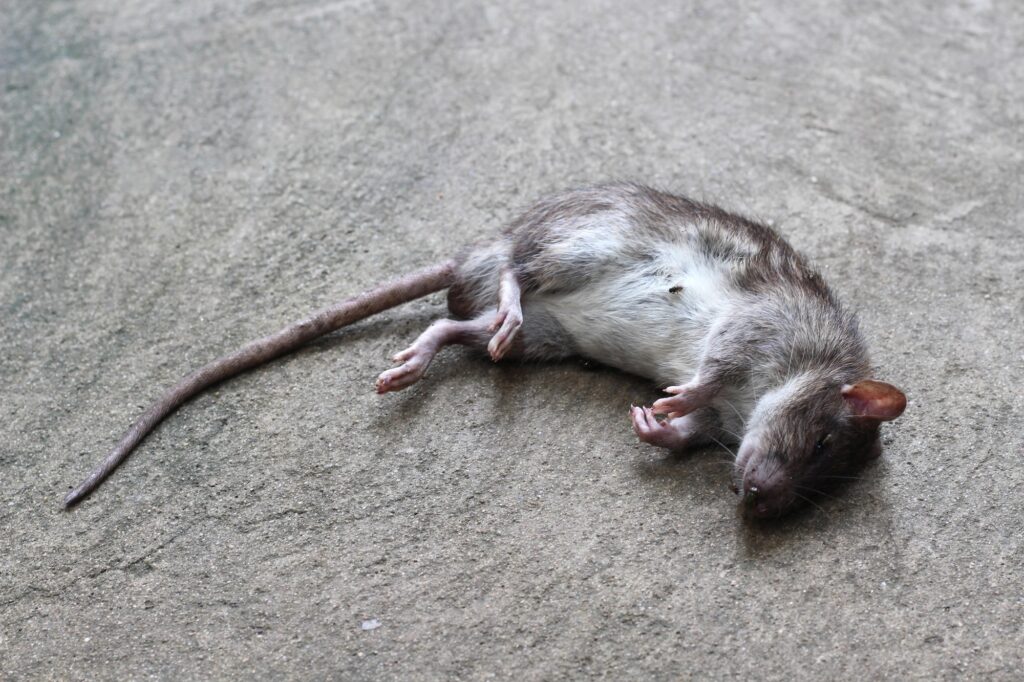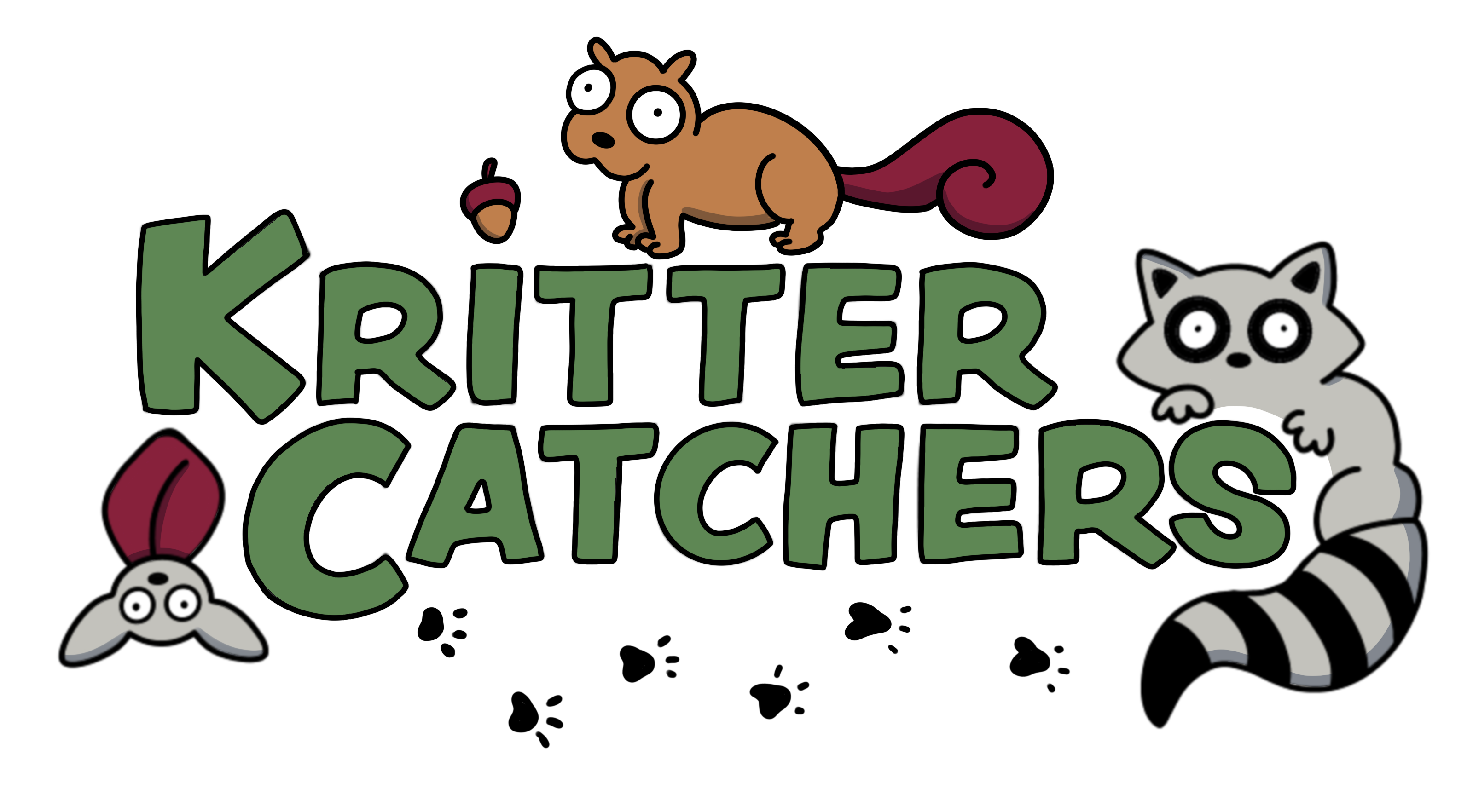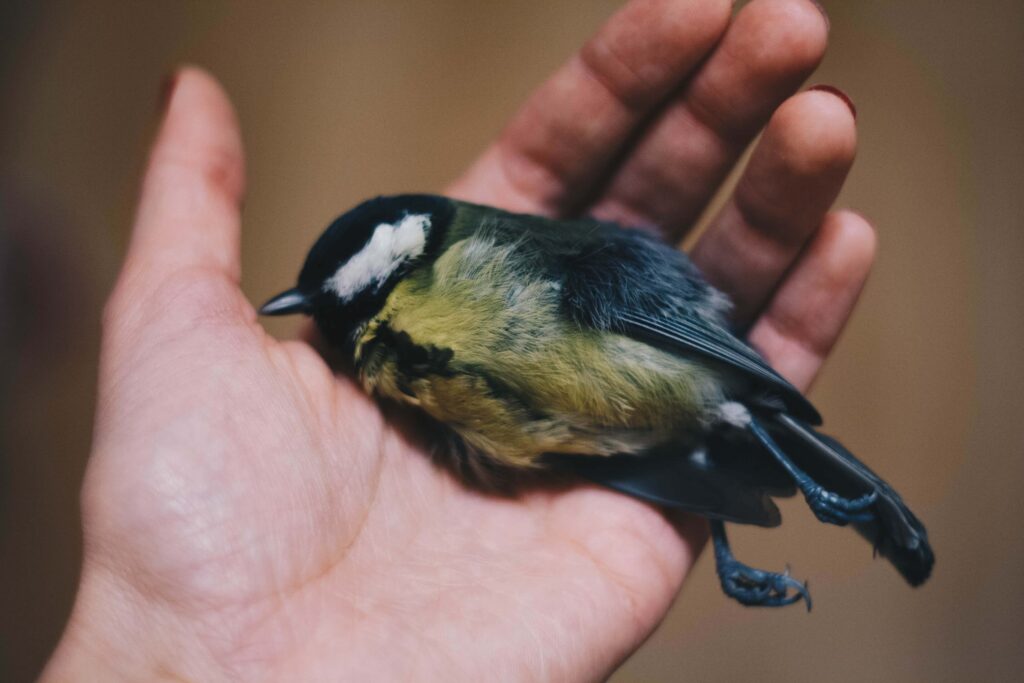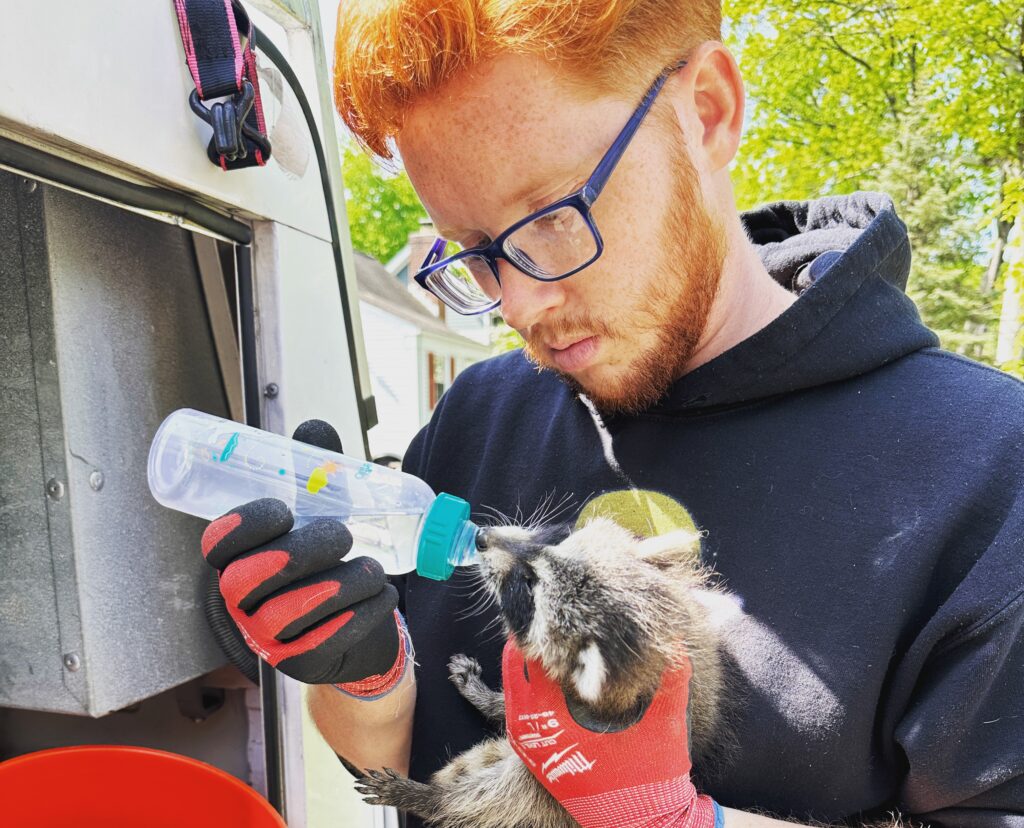When it comes to dealing with nuisance wildlife around your home, many homeowners may consider handling the problem themselves by trapping and relocating animals. While this approach may seem humane and cost-effective, it can have serious consequences for both the animals and your property. In this article, we will explain in detail why you should never attempt to trap and relocate animals on your own and why professional wildlife control is essential for safe, ethical, and effective wildlife management.
Key Takeaways
- DIY wildlife relocation is risky and often illegal.
- Trapping animals causes stress and potential harm.
- Wild animals can spread diseases to humans.
- Relocating animals disrupts local ecosystems.
- Professional wildlife control ensures long-term solutions.
Legal Implications of DIY Animal Relocation
Before you set out to trap and relocate animals, it is important to be aware of the legal restrictions involved. Many states and local governments have strict regulations governing the trapping and relocation of wildlife. In some cases, it is illegal for unlicensed individuals to handle certain species, and violating these laws can result in hefty fines or legal action.
For example, in many regions, species such as raccoons, squirrels, and bats are protected by state wildlife laws. Without the necessary permits and expertise, you could unknowingly violate regulations by trapping and relocating these animals. Furthermore, there are often specific guidelines for how animals should be handled and where they can be released to avoid disrupting local ecosystems. Without knowledge of these laws, you could inadvertently harm both the animal population and the environment.
Stress and Harm to the Animal
Trapping and relocating animals may seem like a compassionate solution, but it often causes undue stress and harm to the animals involved. Wild animals are highly territorial, and when they are trapped and moved to a new location, they are suddenly displaced from their familiar surroundings. This can lead to confusion, stress, and difficulty finding food and shelter.
In many cases, relocated animals do not survive long after being moved. They may encounter predators in unfamiliar environments, struggle to find food, or be unable to adapt to new territories. The animal’s well-being is often compromised by relocation, making this method of wildlife control inhumane.
Increased Risk of Disease Transmission
Wild animals often carry diseases that can pose a serious risk to human health. Attempting to trap and relocate animals without the proper knowledge and protective equipment can expose you to zoonotic diseases—diseases that can be transmitted from animals to humans.
For instance, raccoons are known carriers of rabies, a deadly virus that can be transmitted through bites or scratches. Bats, another common nuisance animal, are also carriers of rabies, as well as histoplasmosis, a fungal infection that affects the lungs. Squirrels, skunks, and opossums can carry parasites such as ticks, fleas, and mites, which can infest your home and transmit diseases like Lyme disease.

Ecological Disruption
Relocating wildlife may seem like a harmless act, but it can have unintended ecological consequences. Wild animals play a crucial role in maintaining the balance of local ecosystems. For example, squirrels help disperse seeds, raccoons control insect populations, and bats are essential pollinators and insect predators.
When animals are removed from their natural habitats and relocated to a different area, it can disrupt these ecological functions. The sudden absence of an animal in its original environment may lead to overpopulation of other species, while the introduction of the relocated animal to a new area can cause competition for resources with the existing wildlife.
Relocation Often Fails to Solve the Problem
One of the main reasons homeowners attempt to trap and relocate nuisance animals is to prevent further damage to their property. However, relocation is rarely a permanent solution to wildlife problems. In many cases, new animals will move into the area once the original animal is removed, particularly if the conditions that attracted the animal in the first place—such as food sources or shelter—remain unchanged.
For example, if you have squirrels or raccoons nesting in your attic, simply trapping and relocating them will not prevent other animals from moving in. The entry points that allowed the animals to access your home will continue to attract wildlife unless they are properly sealed. Wildlife control experts can identify and address these vulnerabilities to prevent future infestations.
Safety Concerns for Homeowners
Trapping wild animals is not only dangerous for the animals but also poses significant risks to homeowners. Many wild animals become aggressive when they feel threatened, and handling them without proper training can result in serious injury. Even seemingly harmless animals like squirrels or groundhogs can bite or scratch when cornered, leading to potential injuries or infections.
Large animals such as raccoons, skunks, or opossums can be even more dangerous to trap and relocate. They are often unpredictable and may attempt to defend themselves when captured. Without the proper tools, experience, and protective gear, homeowners put themselves at risk when attempting to handle wildlife.
The Importance of Professional Wildlife Control
Given the numerous risks and challenges associated with DIY trapping and relocation, it is clear that professional wildlife control is the best solution for dealing with nuisance animals. Licensed wildlife control experts have the training, experience, and tools necessary to humanely and effectively manage wildlife problems.
Professional services not only ensure the safe removal of animals but also address the underlying issues that attract wildlife to your property. From sealing entry points to providing long-term solutions that prevent future infestations, wildlife control experts can offer comprehensive strategies to protect your home and property.
FAQs
Is it legal for homeowners to trap and relocate animals themselves?
Laws regarding the trapping and relocation of wildlife vary by state and local jurisdiction. In many areas, it is illegal for unlicensed individuals to trap certain species or relocate animals to another area. You may face fines or legal action if you violate these laws. Always consult with a licensed wildlife control professional who understands the regulations in your region.
Why is trapping and relocating animals inhumane?
Trapping and relocating wild animals can cause significant stress and harm to them. Animals become disoriented when removed from their familiar territory and often struggle to find food, water, and shelter in their new environment. Many animals do not survive the relocation process due to these challenges, making it an inhumane method of dealing with wildlife.
Can animals return after being relocated?
Yes, many animals have strong homing instincts and will try to return to their original territory, especially if they have an established nesting area or food source. Even if they cannot return, the conditions that attracted them in the first place may draw new animals to your property, continuing the problem.
What are the dangers of handling wild animals yourself?
Handling wild animals without proper training puts you at risk of bites, scratches, and disease transmission. Many wild animals carry zoonotic diseases such as rabies, leptospirosis, or parasites like fleas and ticks. Without protective equipment and knowledge, you expose yourself to potentially serious health hazards.
What are the legal consequences of trapping animals without a permit?
Depending on your location and the type of animal involved, you could face fines or legal action for trapping and relocating animals without a proper permit. Many species are protected under wildlife laws, and unauthorized removal or relocation can lead to severe penalties.
Conclusion
When dealing with nuisance wildlife, it may be tempting to handle the situation on your own by trapping and relocating the animals. However, as we’ve outlined, this approach carries significant risks for both the homeowner and the wildlife involved. From legal complications and the potential for harm to animals, to health risks and the possibility of recurring infestations, DIY wildlife relocation is rarely a solution that truly resolves the issue.
Don’t put yourself or your home at risk by attempting to trap and relocate wildlife on your own. Call Kritter Catchers now at (973) 747-5455 for professional, safe, and humane wildlife control services that will protect your home and restore peace to your property.


